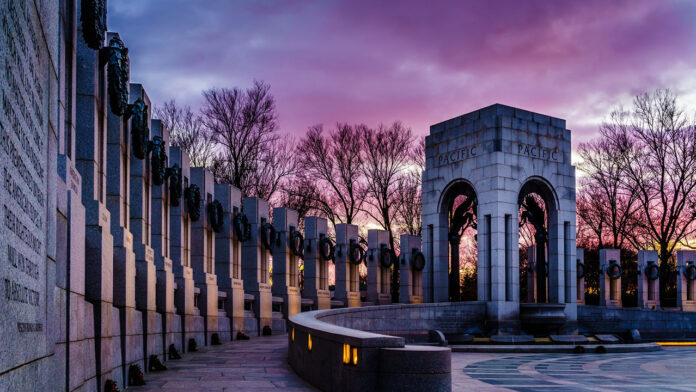World War Memorials stand as solemn reminders of the sacrifices made by millions of individuals who served in conflicts around the world. These monuments serve as symbols of remembrance, honoring the courage, valor, and resilience of those who fought and died for their countries. In this article, we’ll embark on a comprehensive exploration of World War Memorials, uncovering their historical significance, architectural splendor, and cultural importance in commemorating the legacies of past conflicts.
Introduction to World War Memorials
Set the stage by introducing readers to the concept of World War Memorials and their importance in honoring the memory of those who served in conflicts throughout history. Highlight the diverse forms and locations of these monuments, ranging from grand architectural structures to simple plaques and statues.
Historical Context and Commemoration
Delve into the historical context and significance of World War Memorials, which emerged as a means of commemorating the sacrifices made by soldiers and civilians during times of war. Explore the evolution of war memorials from ancient times to the present day, reflecting changing attitudes towards remembrance and commemoration.
Architectural Design and Symbolism
Examine the architectural design and symbolism of World War Memorials, which often incorporate elements such as statues, sculptures, inscriptions, and symbolic imagery to convey messages of honor, remembrance, and sacrifice. Analyze iconic memorials such as the Vietnam Veterans Memorial, the Arc de Triomphe, and the Australian War Memorial, which exemplify the diverse styles and symbolism of war memorial architecture.
Cultural Heritage and National Identity
Explore the cultural heritage and national identity embodied by World War Memorials, which serve as symbols of collective memory and national pride for countries around the world. Discuss how these monuments reflect the values, ideals, and historical narratives of their respective nations, shaping public perceptions of war and conflict.
Global Perspectives and Commemorative Practices
Investigate the global perspectives and commemorative practices associated with World War Memorials, which vary widely across different countries and cultures. Compare and contrast memorial traditions in countries such as the United States, France, Germany, Australia, and Japan, highlighting unique approaches to remembrance and commemoration.
Educational Outreach and Interpretive Programs
Examine the educational outreach and interpretive programs offered at World War Memorials, which aim to educate visitors about the historical context and significance of these monuments. Discuss the role of guided tours, exhibitions, and educational resources in promoting understanding and empathy for the experiences of those who served in conflicts.
Veterans’ Perspectives and Personal Stories
Hear from veterans and their families about the personal significance of World War Memorials and the stories they represent. Share firsthand accounts, testimonials, and reflections from individuals who have visited these monuments, expressing gratitude for the sacrifices made by past generations.
Community Engagement and Remembrance Activities
Explore the role of community engagement and remembrance activities in preserving the legacy of World War Memorials and honoring the memory of those who served. Highlight initiatives such as memorial services, wreath-laying ceremonies, and volunteer projects that bring together communities to pay tribute to veterans and fallen soldiers.
Digital Preservation and Online Resources
Discuss the importance of digital preservation and online resources in documenting and sharing the stories of World War Memorials with a global audience. Highlight digital archives, virtual tours, and interactive websites that enable users to explore these monuments remotely and learn about their historical significance.
Future Challenges and Preservation Efforts
Consider the future challenges and preservation efforts associated with World War Memorials, including issues such as funding, maintenance, and conservation. Discuss the importance of ongoing efforts to safeguard these monuments for future generations, ensuring that they continue to serve as enduring symbols of remembrance and reflection.
***
World War Memorials stand as enduring symbols of remembrance, honoring the sacrifices made by those who served in conflicts around the world. From grand architectural landmarks to simple plaques and statues, these monuments embody the courage, resilience, and humanity of individuals who faced the challenges of war with bravery and sacrifice. As we reflect on the significance of World War Memorials, let us remember the words inscribed at the Australian War Memorial: “Lest we forget.”

